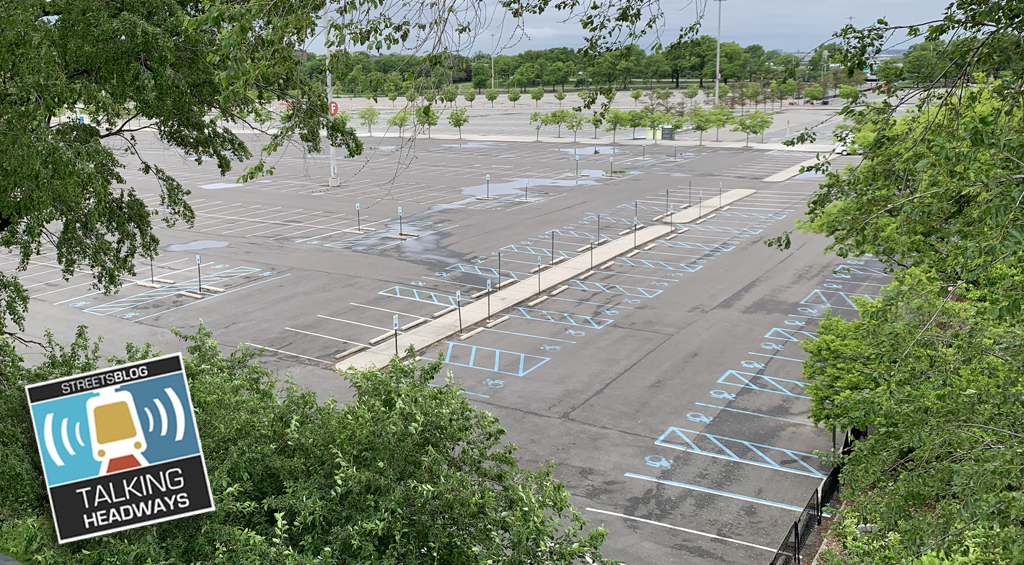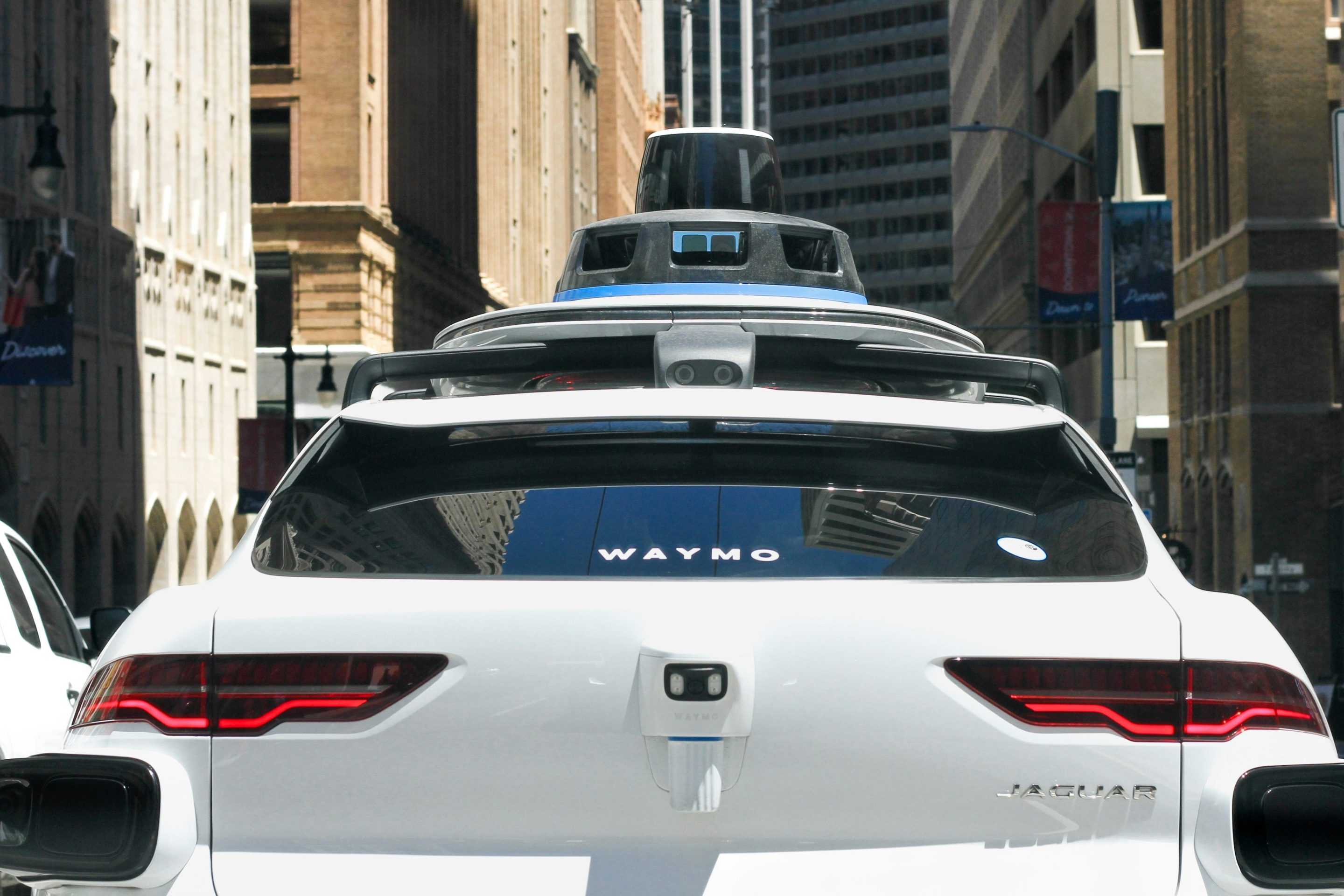
In a testament to how quickly travel behavior can change, new stats out of Seattle show that the share of downtown workers who commute alone by car has dropped significantly in the last 15 years.
The rate of solo car commuting to downtown Seattle was 50 percent in 2000. Now it's down to 31 percent, report the Downtown Seattle Association and Commute Seattle.
Owen Pickford at The Urbanist provides some context:
The mode split by type has changed significantly since the last survey, which was completed in 2012. Nearly 4% fewer people drove alone compared to that survey and it seems likely that Seattle will reach its goal of 30% or less by 2016. The largest companies (100+ employees) in Downtown still had the lowest drive alone rate, but medium sized companies (20-99 employees) saw the most progress, reducing rates from 37% to 30% since the last survey.
Perhaps the most impressive statistic is that non-motorized modes have seen the largest increase. This is also great news for the city because it means people are living closer to work, which is likely only possible due to the immense amount of development that is occurring in Seattle’s downtown core.
Perhaps the most interesting piece of data is that the total number of commuters driving decreased between 2012 and 2014 even though the number of commuters grew by at least 8,000 (the job numbers are from 2013 and we’re still waiting on 2014 numbers). The 2012 research showed a decline in the rate of driving alone but an increase in the total numbers. With that said, even though the rates decreased the total number of commuters driving alone is the same as 2010 due to the increase in population. This explains why anyone who drives alone on their commute hasn’t seen any improvement in traffic. It also fits with the counter-intuitive research that has shown adding more road capacity doesn’t improve traffic, since reducing the percentage of drivers is similar to adding road capacity.
Yonah Freemark of the Transport Politic points out that the change in commuting overlaps with a significant increase in transit investment. The Seattle region now spends three times as much on transit capital projects as it did in 1991 and 1.75 times as much on operations.
Elsewhere on the Network today: Transportation for America says the passenger rail bill being considered by Congress represents a "promising" compromise. Systemic Failure makes an interesting comparison between mandatory bicycle helmet laws and seatbelt laws. And Better Cities & Towns! explains how bad zoning policies and transportation investments keep the sprawl juggernaut rolling, even as consumer preferences change.





